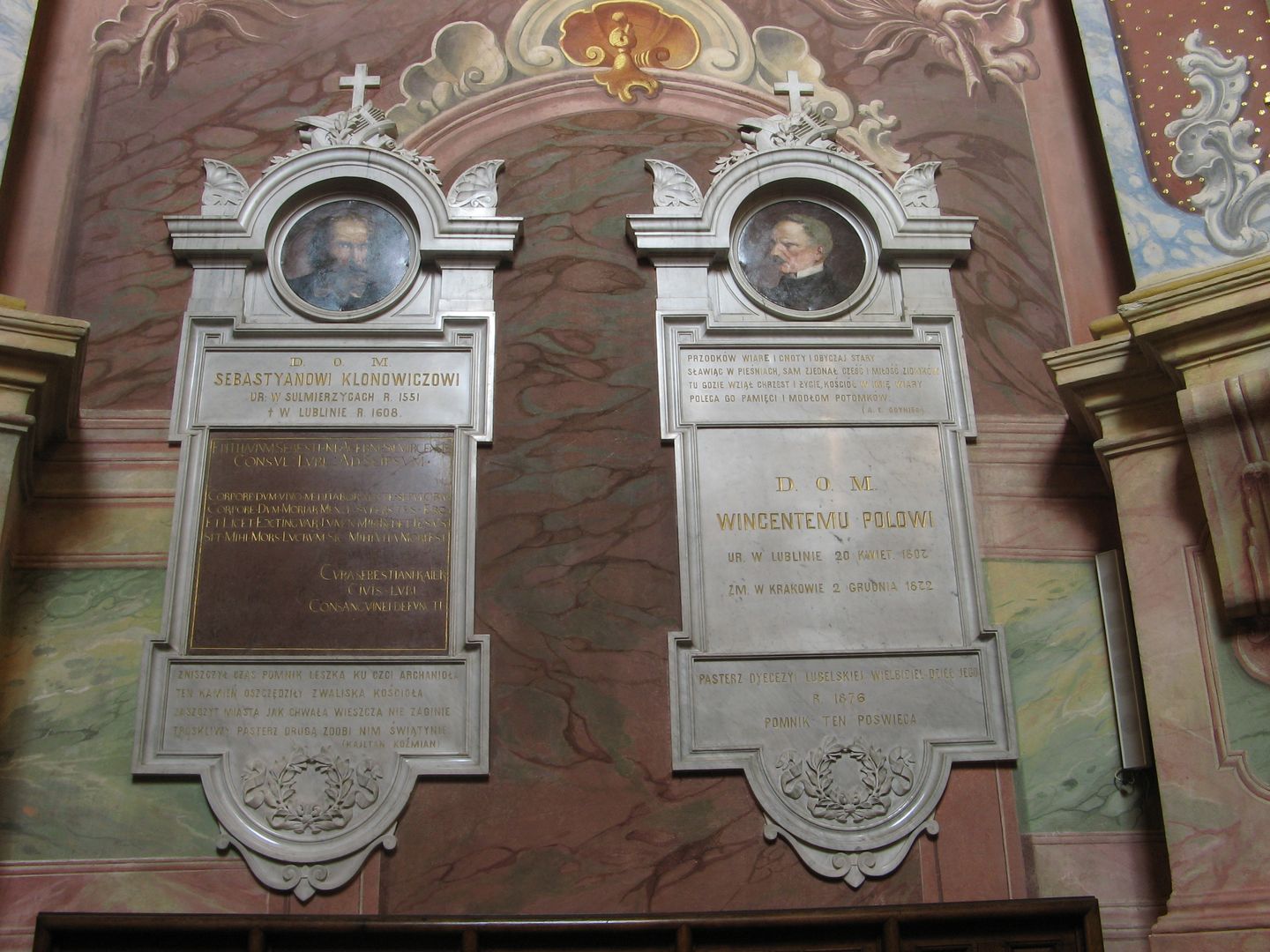St. John the Baptist and St. John the Evangelist Cathedral in Lublin
6.06

Overview
The Archcathedral of St. John the Baptist and St. John the Evangelist in Lublin is one of the most important churches in the city and a Baroque gem of the Lublin region, serving as the archcathedral of the Archdiocese of Lublin. Its history dates back to the 17th century, when construction began in 1586 under the leadership of the Jesuits, funded by Bernard Maciejowski. The church, originally designed in the Baroque style with Renaissance elements, was completed in 1625. After a fire in 1752, it was rebuilt with a rich interior decoration, including illusionistic frescoes by Józef Meyer.
Following the dissolution of the Jesuit order in 1773, the temple went through difficult times, even being used as a grain storage. In 1805, it was elevated to the rank of a cathedral, and in the 19th century, it underwent numerous renovations, including the addition of a Neoclassical façade designed by Antonio Corazzi. After the destruction of World War II, the archcathedral was rebuilt and restored, reviving elements of its original design.
The interior is richly decorated with frescoes, altars, and valuable objects such as the Tribunal Cross and the image of the Weeping Mother of God, which refer to significant religious events like the Lublin Miracle of 1949. The archcathedral also houses crypts with tomb portraits of deceased Lublin bishops and items associated with them.
The Trinitarian Tower, originally a Jesuit monastery gate, was transformed into a bell tower after the dissolution of the order and now houses the Archdiocesan Museum, showcasing diverse collections related to religion and history. The archcathedral is not only a place of worship but also a treasury of Lublin's rich history and culture, with a panoramic view of the city from the Trinitarian Tower, making it a significant tourist attraction.
Location
Tickets
Powered by GetYourGuide
2025 Wizytor | All Rights Reserved